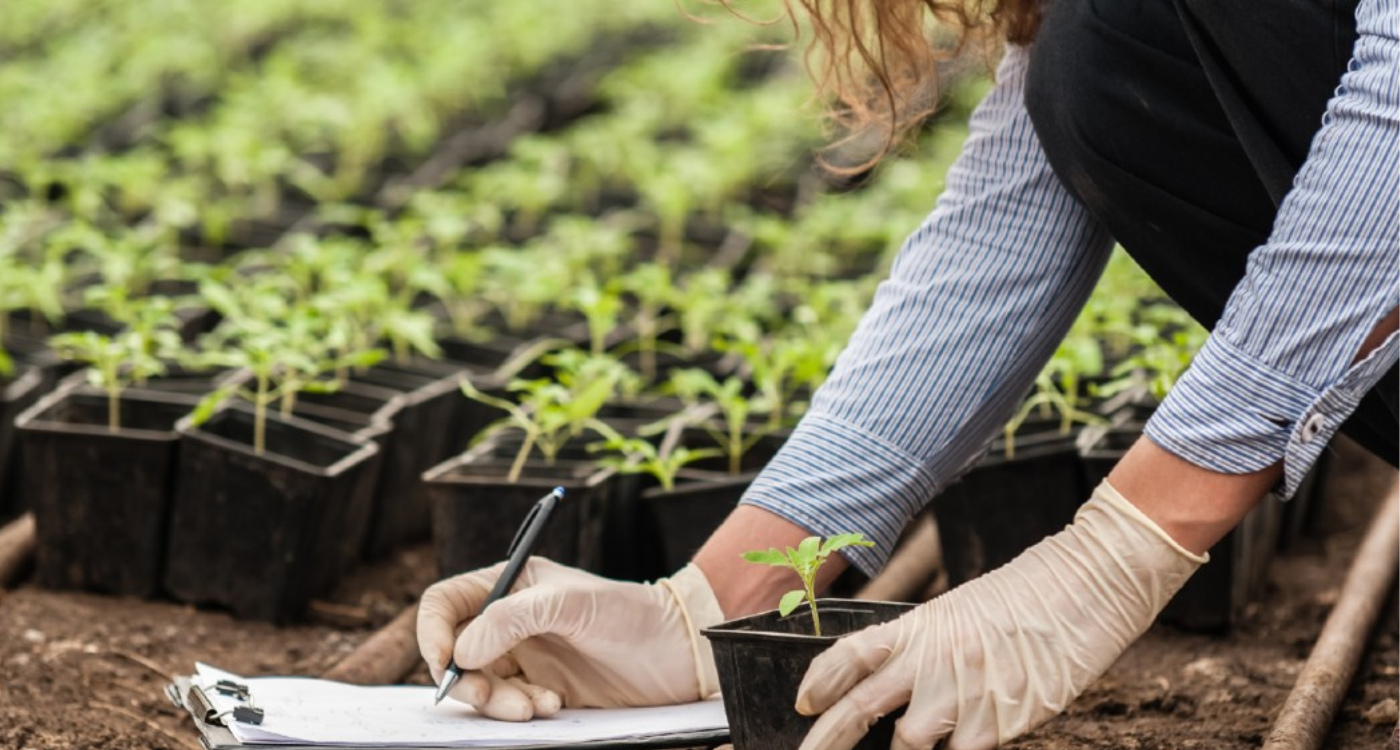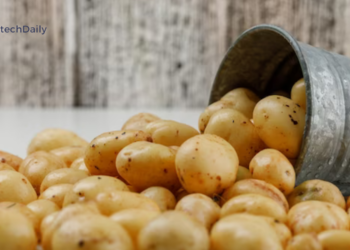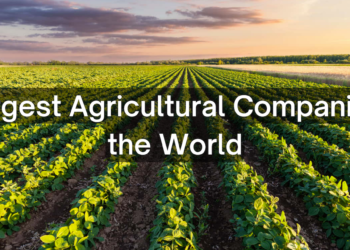This article will discuss the importance of soil health and provide practical tips for maintaining healthy soil on your farm. It will explore the role that soil plays in crop production, the factors that can impact soil health, and the steps that farmers can take to improve soil quality and productivity.
Soil health is a critical factor in agricultural production, yet it is often overlooked or taken for granted. Healthy soil is essential for supporting plant growth, maintaining ecosystem services, and ensuring long-term productivity and sustainability on farms.
Unfortunately, many agricultural practices can degrade soil quality over time, leading to decreased yields, increased input costs, and negative environmental impacts. In this article, we will explore the importance of soil health and provide practical tips for maintaining healthy soil on your farm.
What is Soil Health?
Soil health refers to the ability of soil to function effectively as a living ecosystem, supporting plant growth, nutrient cycling, water storage and filtration, and other important processes.
 Healthy soil is rich in organic matter, microorganisms, and nutrients, and has good physical structure and water-holding capacity.
Healthy soil is rich in organic matter, microorganisms, and nutrients, and has good physical structure and water-holding capacity.
Soil health can be impacted by a range of factors, including land use practices, climate conditions, and management practices.
The Importance of Soil Health
Soil health is critical for crop production and agricultural sustainability. Healthy soil supports plant growth by providing nutrients, water, and air, and by supporting beneficial microorganisms.
It also helps to reduce erosion, improve water quality, and store carbon, contributing to climate change mitigation.
In addition, healthy soil can help farmers reduce input costs by improving nutrient availability and reducing pest and disease pressure.
Factors That Impact Soil Health
There are many factors that can impact soil health, including land use practices, climate conditions, and management practices. Some of the most common factors that can degrade soil quality include erosion, compaction, nutrient depletion, and the use of pesticides and fertilizers.
Climate conditions such as drought and heavy rainfall can also impact soil health, leading to reduced water-holding capacity and increased erosion.
Tips for Maintaining Healthy Soil
Maintaining healthy soil requires a proactive approach to land management. Farmers can take a range of steps to improve soil quality and productivity, including the following:
- Reduce Tillage: Tillage can disrupt soil structure and reduce soil organic matter, leading to decreased water-holding capacity and increased erosion. Reducing tillage can help to preserve soil health by allowing natural soil processes to occur.
- Use Cover Crops: Cover crops can help to improve soil health by adding organic matter, reducing erosion, and suppressing weeds. They can also help to improve nutrient availability by fixing nitrogen in the soil.
- Rotate Crops: Crop rotation can help to reduce pest and disease pressure, improve nutrient availability, and improve soil structure. It can also help to reduce erosion and improve water-holding capacity by alternating deep-rooted and shallow-rooted crops.
- Manage Nutrients: Applying fertilizers and other soil amendments can help to improve soil fertility and productivity, but it is important to apply them in a responsible and sustainable manner. Soil testing can help farmers determine which nutrients are needed and in what amounts.
- Control Erosion: Erosion can lead to decreased soil fertility and productivity, as well as increased water pollution. Farmers can control erosion by using conservation tillage practices, planting cover crops, and establishing buffer strips along waterways.
- Use Integrated Pest Management: Integrated pest management (IPM) can help to reduce pesticide use and promote natural pest control. IPM involves monitoring pest populations, using cultural practices to prevent pest infestations, and using pesticides only as a last resort.
- Monitor Soil Health: Regular soil testing and monitoring can help farmers identify soil health problems and track progress in improving soil quality. This can help farmers make informed decisions about soil management and identify areas for improvement.
- Incorporate Organic Matter: Incorporating organic matter into the soil can help to improve soil structure, water-holding capacity, and nutrient availability. This can be done by using compost, manure, or other organic materials.
- Use Agroforestry: Agroforestry involves incorporating trees into agricultural landscapes, providing benefits such as improved soil health, reduced erosion, and increased biodiversity. Agroforestry can also provide additional income streams for farmers through the production of timber, fruits, and nuts.
- Use Conservation Tillage: Conservation tillage involves reducing or eliminating tillage to preserve soil health and structure. This can help to reduce erosion, improve water-holding capacity, and promote beneficial soil microorganisms.
- Practice Soil Solarization: Soil solarization involves covering the soil with plastic to increase soil temperature, killing soil-borne pests and diseases. This can help to reduce the need for pesticides and improve soil health.
- Consider Soil Amendments: In some cases, adding soil amendments such as lime, gypsum, or sulfur can help to adjust soil pH and improve nutrient availability. It is important to consult with a soil specialist to determine the appropriate amendments for your soil type and crops.

Conclusion:
Maintaining healthy soil is critical for agricultural productivity, sustainability, and environmental health. By taking a proactive approach to soil management, farmers can improve soil quality, reduce input costs, and promote long-term productivity and sustainability.
From reducing tillage to incorporating organic matter, there are many practical steps that farmers can take to maintain healthy soil on their farms. By prioritizing soil health, farmers can ensure the continued success of their operations while promoting the health of the land and the surrounding ecosystem.













